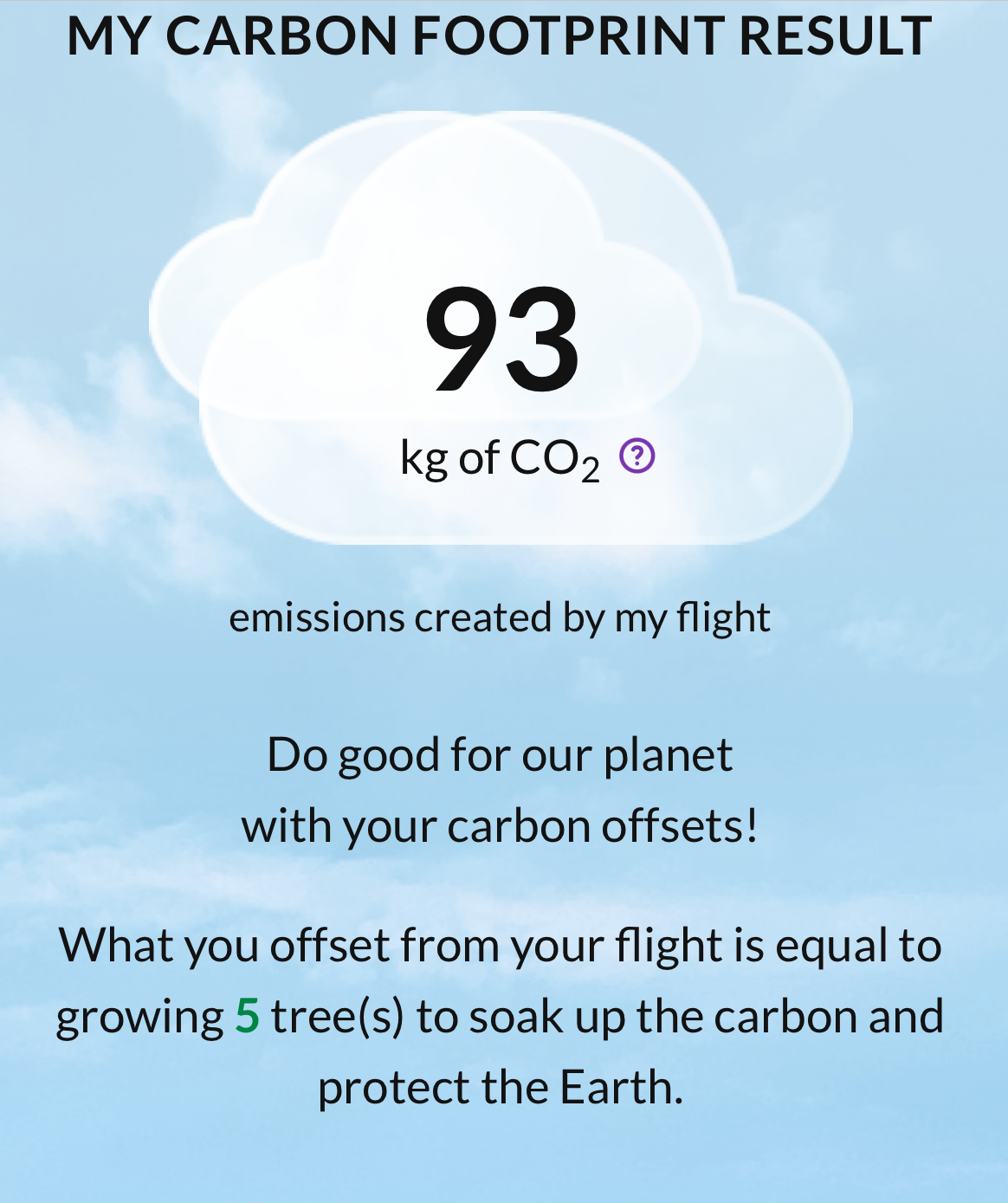Climate change is a reality, and Singapore isn’t spared from its effect.
Since 2015, every year has been among the 10 hottest ever recorded, according to the World Meteorological Organisation.
In 2022, Minister for Sustainability and the Environment Grace Fu said that Singapore could see days with peak temperatures of 40°C by 2045.
The situation will not improve if we are not making any difference to our lifestyle.
As such, the Singapore government has already announced its own approach to help mitigate the effects, such as planting more greenery and reducing individual energy consumption.
Private entities such as Changi Airport have also implemented mitigation measures such as installing the largest single-site rooftop solar system in Singapore, using top-tier energy-efficient chillers to power air-conditioning in the terminals and adapting airport infrastructure to be resilient against climate change.
Changi Airport has also launched its Carbon Offsets Initiative, in partnership with Carbonclick, that offers a platform for passengers to make a difference.
Changi Airport’s very own carbon offsets initiative
Under this programme, travellers are able to purchase carbon credits to offset carbon emissions from their travel, regardless of where they are travelling to, or the airline that they are on.
At this point, your eyes might probably have widened at the sight of the word “purchase”, worrying it could add to your travel expenses. .
Here’s the good news – the carbon credits are essentially a tiny fraction of the total cost of your flight ticket.
Travelling to KL? Based on Changi Airport’s carbon offset calculator, you need to pay less than S$2 to offset about 90kg of carbon dioxide emissions.


Alright, so carbon offsets for short-haul flights are really cheap, you might be thinking. But what about long-haul flights such as the world’s longest direct flight to New York City for instance?


Here’s the price – for less than S$38, you offset about 2,700kg of carbon dioxide emissions.
Where is my money going if I pay for carbon offsets?
The money passengers pay to offset their flight emissions supports three projects curated by Changi Airport. These initiatives either restore or conserve forested areas, which play a crucial role in removing greenhouse gases from the atmosphere, or help generate renewable energy.
The projects are the Rimba Raya Biodiversity Reserve in Central Kalimantan, Indonesia, the Anhuang Afforestation Project in Guizhou, China and the India Wind Power project which is located in Dayapar, Gujarat.
These projects were selected on the grounds that they produce a measurable and real reduction in greenhouse gas emissions, have a higher likelihood of being permanent and irreversible, and have a robust accounting system that prevents double counting and double claiming of offsets, among other criteria.
In addition, these projects improve local livelihoods with positive socio-economic impacts and nature-based projects. For example, forestry programmes help protect biodiversity and restore ecosystems, while wind energy projects provide job opportunities for skilled and unskilled workers in the region.
For every S$10 of carbon offsets purchased, S$8 goes directly to one of these projects while S$2 indirectly supports these projects by covering the expenses for checking, auditing, onboarding, and maintaining a supply of high-quality carbon credits.
What exactly do these projects do?
It’s perfectly understandable if you want to find out more about the projects and ensure your carbon offsets are used for the right causes.
Here’s more information about each project:
Rimba Raya in Indonesia
The Rimba Raya project prevents carbon-rich peatland forest in Central Kalimantan from being burnt and converted to oil palm plantations.
The project aims to preserve 47,237 hectares of peatland forest, thereby protecting the habitat of endangered species like the Bornean orangutan and avoiding the release of millions of tonnes of greenhouse gases.
It also serves as a buffer zone for Tanjung Puting National Park against the palm oil industry.
The Rimba Raya area is also home to over 600 species of flora and fauna. Many local animal species are currently listed on the IUCN Red List, such as the endangered Bornean Orangutan.
The sale of carbon credits also generates sustainable revenue that funds community development, infrastructure, and forest protection, including initiatives such as water filtration systems, improved healthcare access, and educational programs for the benefit of local communities.
The project is also expected to avoid 3,527,171 tonnes of CO2e emissions annually.
Thus far, the project has managed to offset 33,694,902kg of carbon dioxide emissions, or the same amount of carbon emissions that 1,684,745 trees absorb in one year.
Anhuang Afforestation in China
This project, which is reliant on carbon financing, funds the planting of native trees on barren land in Guizhou, China, to increase biodiversity, improve soil, and water conservation.
The project area is part of the Yunnan-Guizhou plateau which has been unsustainably managed for many years and involves training and employing more than 25,000 farmers to plant indigenous trees like fir, cypress and pine, so as to create new forests and improve the environment.
These new forests help to improve biodiversity and water retention as well as reduce soil erosion.
What’s more, the land is owned by villagers in the area and it is their village committees which are responsible for sustainable forest management.
Commercial logging is banned and instead, villagers earn income from improved crop yields made possible by the project’s reforestation efforts.
This project also creates employment opportunities for the villagers, the majority of whom are women.
Currently, this project has reduced 11,363,681kg of carbon dioxide emissions or the same amount absorbed by 568,184 trees in a year.
India Wind Power
As for the third project, it involves the installation of wind turbine generators in the state of Gujarat.
Spearheaded by Adani and EnKing Group, India’s largest carbon credit developer, this project seeks to help reduce India’s reliance on fossil fuels while still providing it with a source of cheap and renewable electricity.
The electricity generated by the wind turbines displaces the energy that’s generated from fossil fuel power plants, feeding clean renewable energy into the Indian Electricity Grid.
The electricity also replaces the usage of diesel generators to meet power demand during periods of shortage.
The project’s total installed capacity, across all three states is 100 MW and reduces an average of 172,333 tonnes of carbon dioxide on an annual basis.
Planning an overseas trip? Find out how much it’ll cost to offset your carbon emissions here.
Emissions calculations are constantly being updated, based on the latest type of aircraft used for that flight and the number of people who will be travelling on the same flight.
This branded article made the author a little bit more conscious about the next flight he is taking.
Top photo via Plane’s Portrait Aviation Media/Facebook









